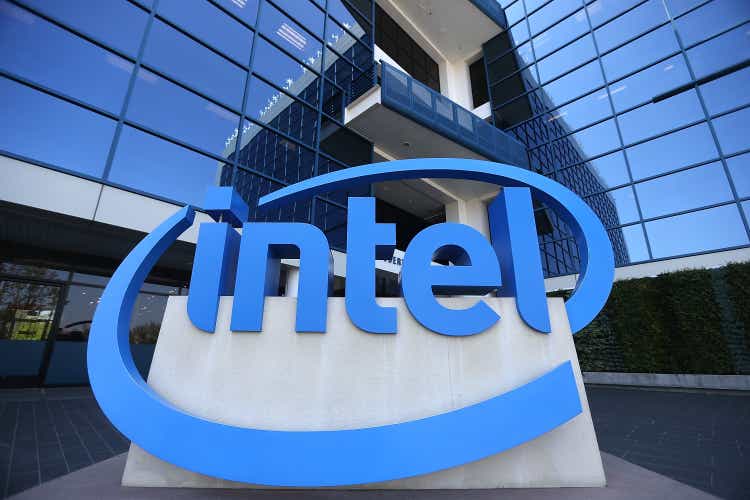If you read the typical 2025 mass layoff notice from a tech industry CEO, you might think that artificial intelligence cost workers their jobs.
The reality is more complicated, with companies trying to signal to Wall Street that they’re making themselves more efficient as they prepare for broader changes wrought by AI.
A new report Wednesday from career website Indeed says tech job postings in July were down 36% from their early 2020 levels, with AI one but not the most obvious factor in stalling a rebound.
ChatGPT’s debut in late 2022 also corresponded with the end of a pandemic-era hiring binge, making it hard to isolate AI’s role in the hiring doldrums that followed.
“We’re kind of in this period where the tech job market is weak, but other areas of the job market have also cooled at a similar pace,” said Brendon Bernard, an economist at the Indeed Hiring Lab. “Tech job postings have actually evolved pretty similarly to the rest of the economy, including relative to job postings where there really isn’t that much exposure to AI.”
The template for tech CEO layoff notices in 2025 includes an AI pivot
That nuance is not always clear from the last six months of tech layoff emails, which often include a nod to AI in addition to expressions of sympathy.
When he announced mass layoffs earlier this year, Workday CEO Carl Eschenbach invited employees to consider the bigger picture: “Companies everywhere are reimagining how work gets done, and the increasing demand for AI has the potential to drive a new era of growth for Workday.”
Autodesk CEO Andrew Anagnost explained that a need to shift resources to “accelerate investments” in AI was one of the reasons the company had to cut 1,350, or about 9%, of workers.
The “Why We’re Doing This” section of CrowdStrike CEO George Kurtz’s announcement of 5% job cuts said the cybersecurity company needed to double down on AI investments to “accelerate execution and efficiency.”
“AI flattens our hiring curve, and helps us innovate from idea to product faster,” Kurtz wrote.
It’s not just U.S. companies. In India, tech giant Tata Consultancy Services recently characterized its 12,000 layoffs, or 2% of its workforce, as part of a shift to a “Future-Ready organization” that would be realigning its workforce and “deploying AI at scale for our clients and ourselves.”
Even the Japanese parent company of Indeed and Glassdoor has cited an AI shift in its notice of 1,300 layoffs at the job search and workplace review sites.
AI spending, not replacement, is a more common factor
Microsoft, which is scheduled to release its fourth-quarter earnings Wednesday, has announced layoffs of about 15,000 workers this year even as its profits have soared.
Microsoft CEO Satya Nadella told employees last week the layoffs were “weighing heavily” on him but also positioned them as an opportunity to reimagine the company’s mission for an AI era.
Promises of a leaner approach have been welcomed on Wall Street, especially from tech giants that are trying to justify huge amounts of capital spending to pay for the data centers, chips and other components required to power AI technology.
“It’s this sort of double-edged sword restructuring that I think a lot of tech giants are encountering in this age of AI, where they have to find the right balance between maintaining an appropriate headcount, but also allowing artificial intelligence to come to the forefront,” said Bryan Hayes, a strategist at Zacks Investment Research.
Google said last week it would raise its budget for capital expenditures by an additional $10 billion to $85 billion. Microsoft is expected to outline similar guidance soon.
The role of AI in job replacement is hard to track
One thing is clear to Hayes: Microsoft’s job cuts improve its profit margin outlook for the 2026 fiscal year that started in July.
But what these broader tech industry layoffs mean for the employment prospects of tech workers can be harder to gauge.
“Will AI replace some of these jobs? Absolutely,” said Hayes. “But it’s also going to create a lot of jobs. Employees that are able to leverage artificial intelligence and help the companies innovate, and create new products and services, are going to be the ones that are in high demand.”
He pointed to Meta Platforms, the parent company of Facebook and Instagram, which is on a spree of offering lucrative packages to recruit elite AI scientists from competitors such as OpenAI.
The reports published by Indeed on Wednesday show that AI specialists are faring better than standard software engineers, but even those jobs are not where they have been.
“Machine-learning engineers — which is kind of the canonical AI job — those job postings are still noticeably above where they were pre-pandemic, though they’ve actually come down compared to their 2022 peak,” said Bernard, the Indeed economist. “They’ve also been impacted by the cyclical ups and downs of the sector.”
Economists are watching for AI’s effects on entry-level tech jobs
Tech hiring has particularly plunged in AI hubs such as the San Francisco Bay Area, as well as Boston and Seattle, according to Indeed.
But in looking more closely at which tech workers were least likely to get hired, Indeed found the deepest impact on entry-level jobs in the tech industry, with those with at least five years of experience faring better.
The hiring declines were sharpest in entry-level tech industry jobs that involve marketing, administrative assistance and human resources, which all involve tasks that overlap with the strength of the latest generative AI tools that can help create documents and images.
“The plunge in tech hiring started before the new AI age, but the shifting experience requirements is something that happened a bit more recently,” Bernard said.
Microsoft, which is staking its future on AI in the workplace, has also had its own researchers look into the jobs most vulnerable to the current strengths of AI technology. At the top of the list are knowledge work jobs such as language interpreters or translators, as well as historians, passenger attendants, sales representatives, writers and customer service representatives, according to Microsoft’s working paper.
On the other end, leading in work more immune to AI changes were phlebotomists, or healthcare workers who draw blood, followed by nursing assistants, workers who remove hazardous materials, painters and embalmers.
This story was originally featured on Fortune.com

 20 hours ago
1
20 hours ago
1












 English (US) ·
English (US) ·